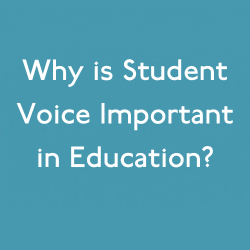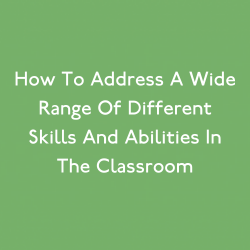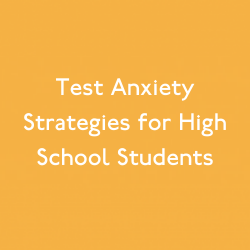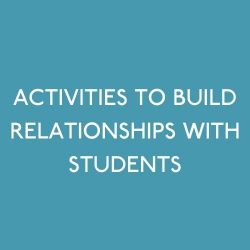The impact of natural disasters, like the hurricanes we’ve experienced in Texas and Florida over the past few weeks, can be traumatic for everyone involved. People are uprooted from their homes, routines are thrown off kilter and everyday life becomes chaotic. These types of events, if you’ve been unfortunate enough to experience one, are traumatic. Our children can be even more susceptible to the distress brought on by a catastrophic event. How can you identify the signs of trauma among your students and what can you do when you notice them?
Identifying signs of trauma in students
What are some behaviors that are indicative of trauma?
For preschoolers – thumb sucking, bedwetting, clinging to parents, sleep disturbances, loss of appetite, fear of the dark, regression in behavior, and withdrawal from friends and routines.
For Elementary school students – irritability, aggressiveness, clinginess, nightmares, school avoidance, poor concentration, and withdrawal from activities and friends.
For adolescents – sleeping and eating disturbances, agitation, increase in conflicts, physical complaints, delinquent behavior, and poor concentration.
How To Move On From Trauma In The Classroom
Reflective processing exercises
-
Discuss the event – Create a structure to the discussion, for example: ten minutes at the beginning and ten minutes at the end of each day. The class can go around and use one word to describe their feelings. This will help take the “emotional temperature” of the room each day.
-
Drawing – Have students draw pictures of themselves and their families before and after the event. Get them to focus on positive events and experiences.
-
Journaling – Allow 15 minutes at the beginning of the day for students to reflect. Ask them to write about how they’re feeling. If they’re comfortable, you can ask 1-2 students to share their reflections with the class.
Lay out a classroom management plan
-
It helps for children to be able to return to routine and normal functioning. Keep expectations regarding schoolwork, behavior and communication consistent to allow students to ease back into their routine. It may take some time to be able to focus consistently in the classroom. Allow time for stretching, standing up and shaking out stress. It’s normal for students to act out after traumatic events, however standard behavior should still be expected and clearly communicated.
Create a “safe space” where students can retreat
-
Dedicate an area inside or outside of the classroom where students can go to calm down. Fill the space with things like books or paper and markers that students can use to engage their mind with something other than what’s bothering them. Help provide them with a plan for what they can do once they arrive in the space.
Highlight positive student behavior
-
Make sure to reinforce positive behaviors and coping strategies when you notice them. You can use both verbal and nonverbal communication to show recognition. Try to be as clear as possible about the behavior that you’re reinforcing.
Learning how to move on from trauma is never easy. It requires a focused effort from the entire community and social support system of those who experience the trauma. For children it can be more difficult because they haven’t had the time to develop skills necessary to face adverse experiences. By paying attention and noticing the signs of trauma, and then taking steps to help process it, we can provide them the opportunity to heal.
Sign up for Move This World’s newsletter to stay up to date on social emotional learning & how to move on from trauma.
Enter your email below!










